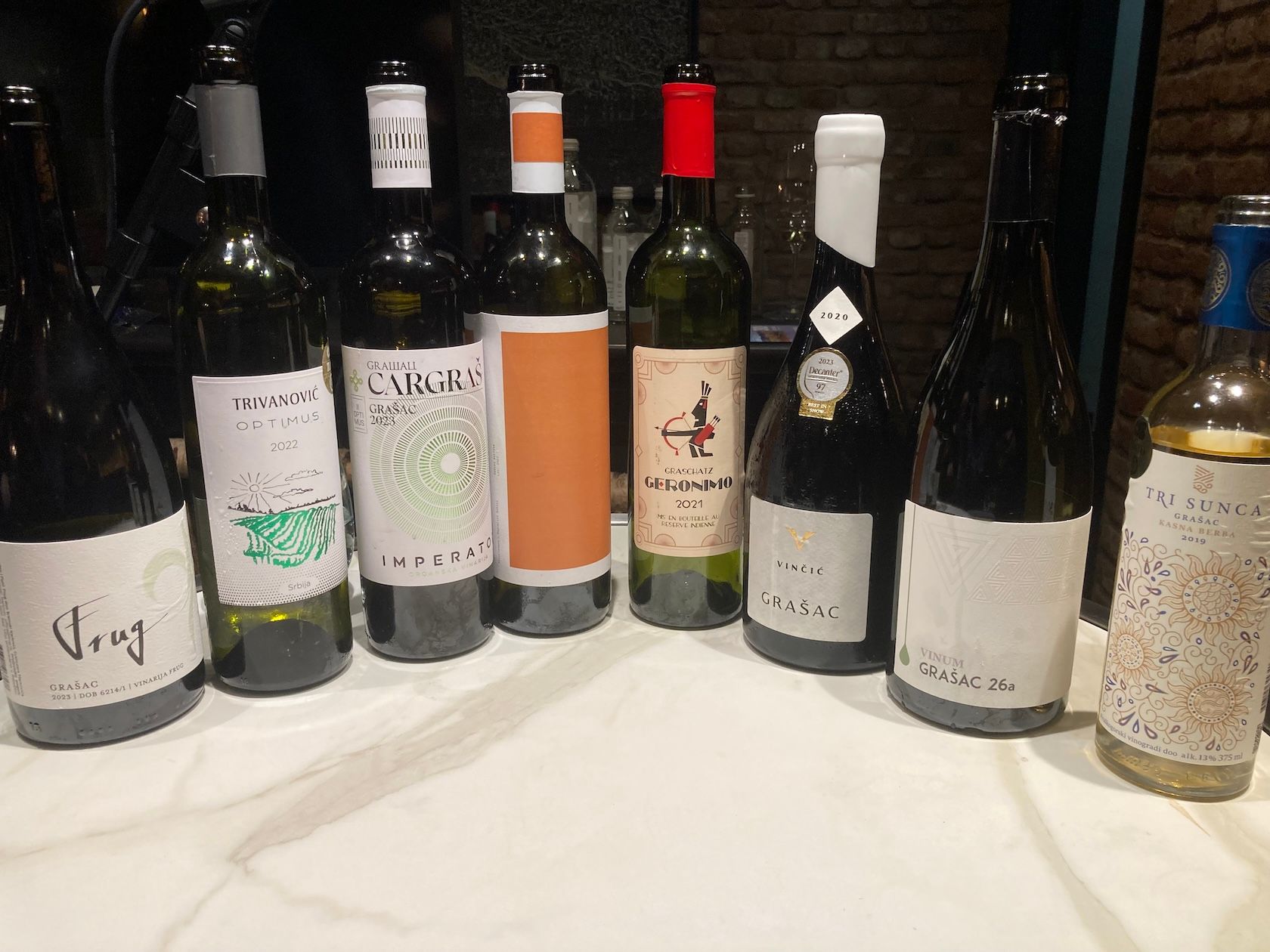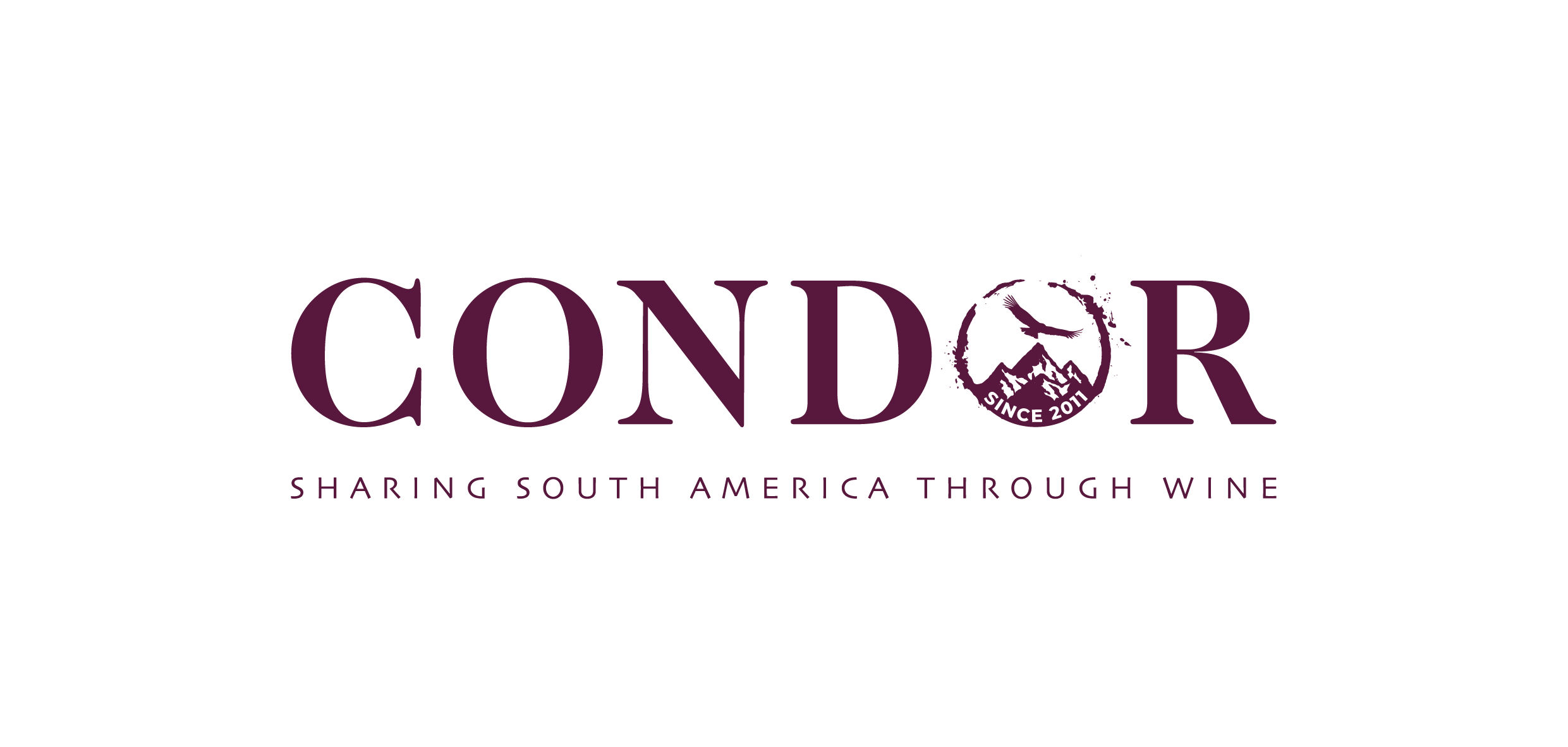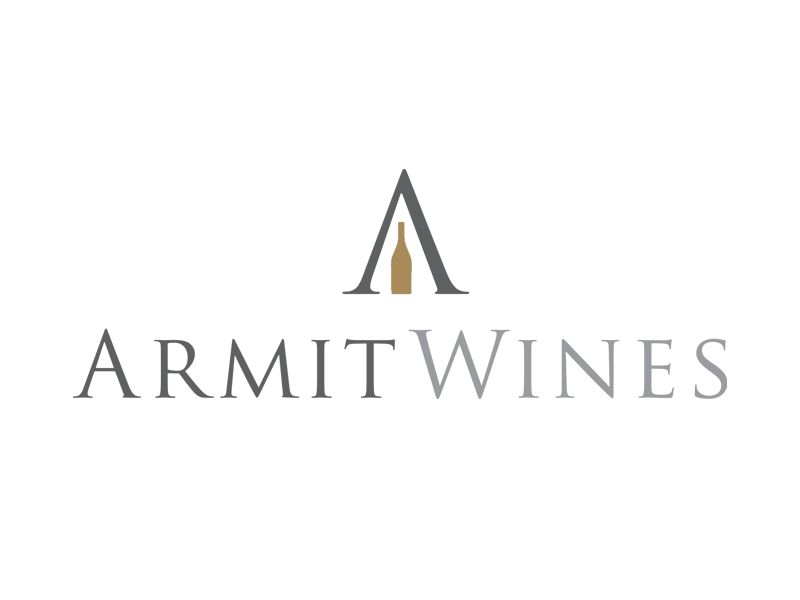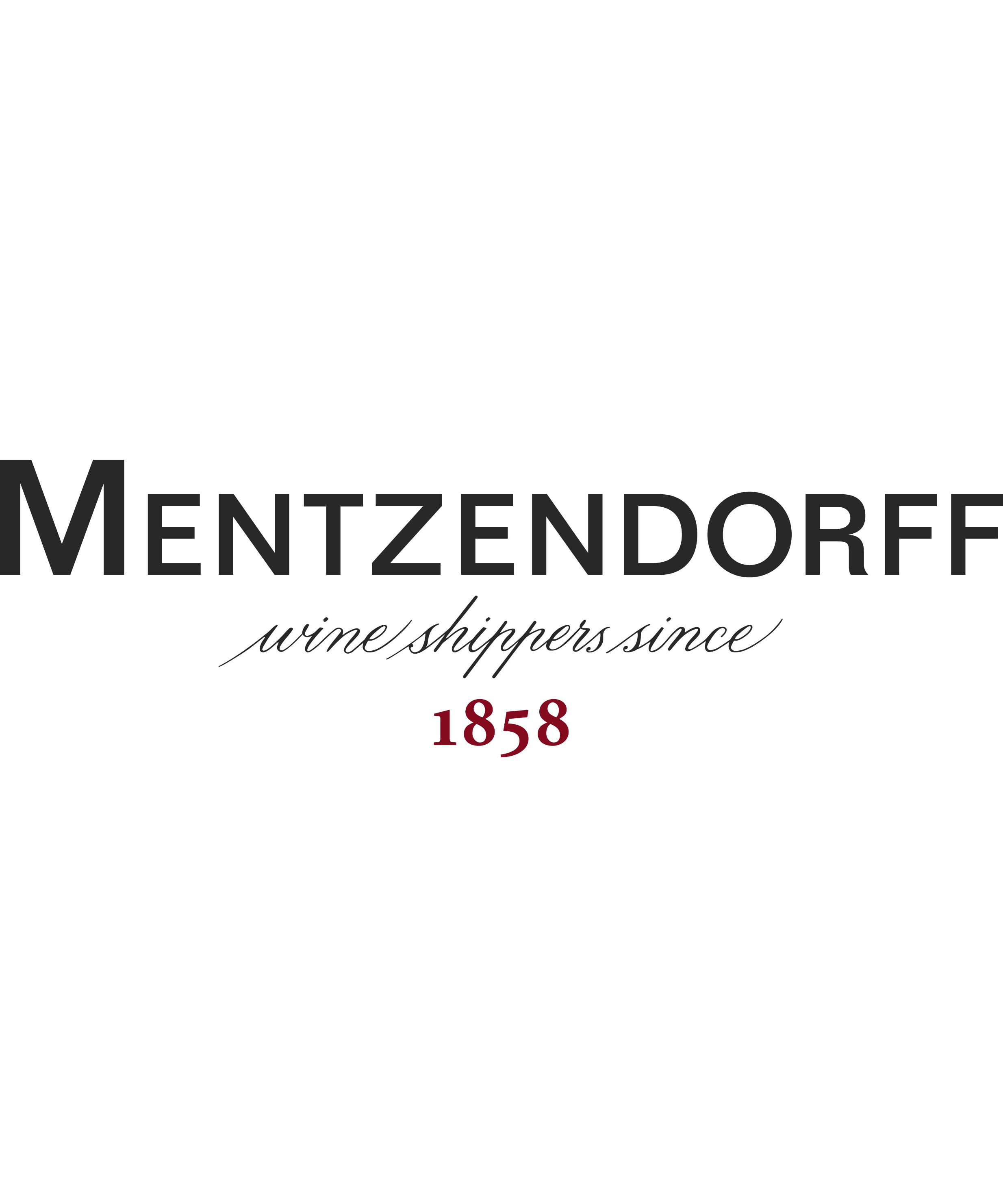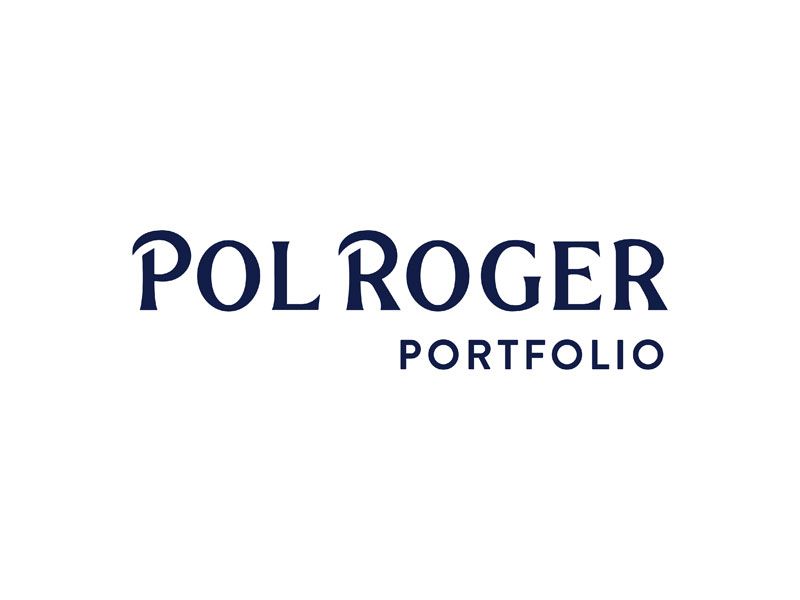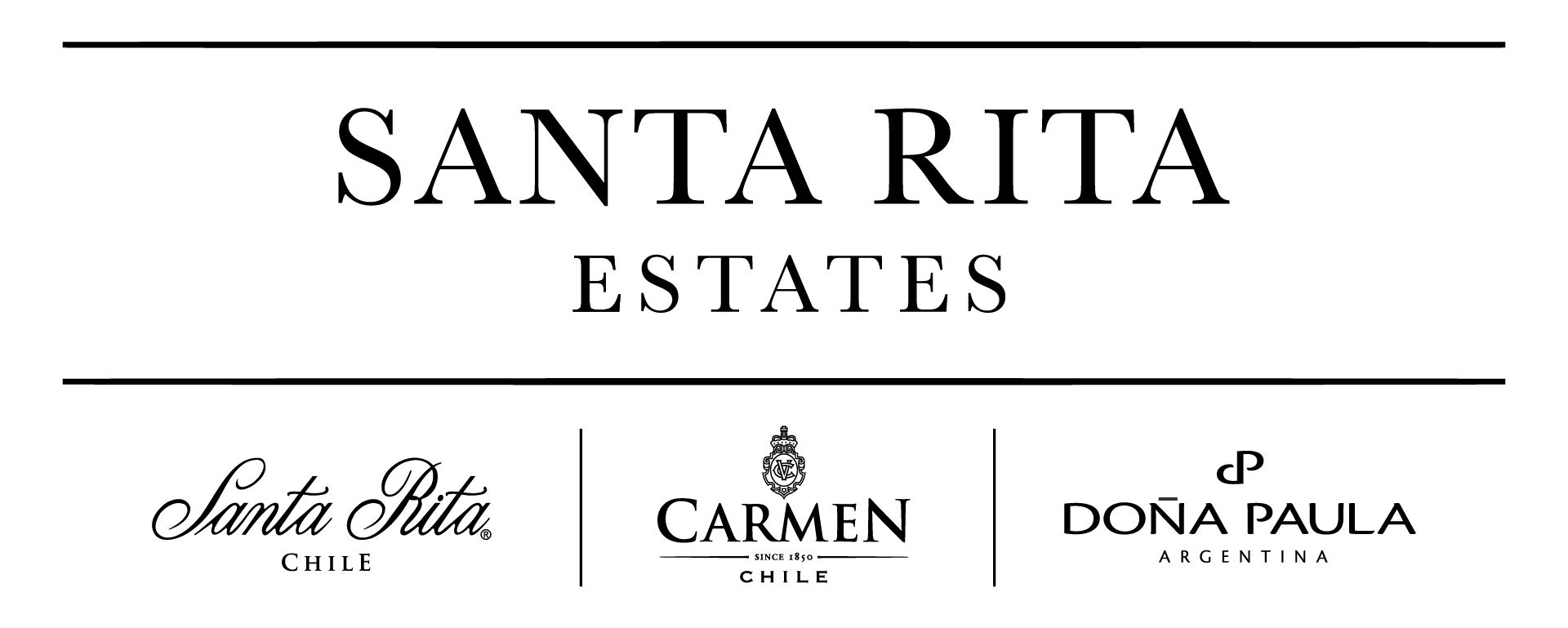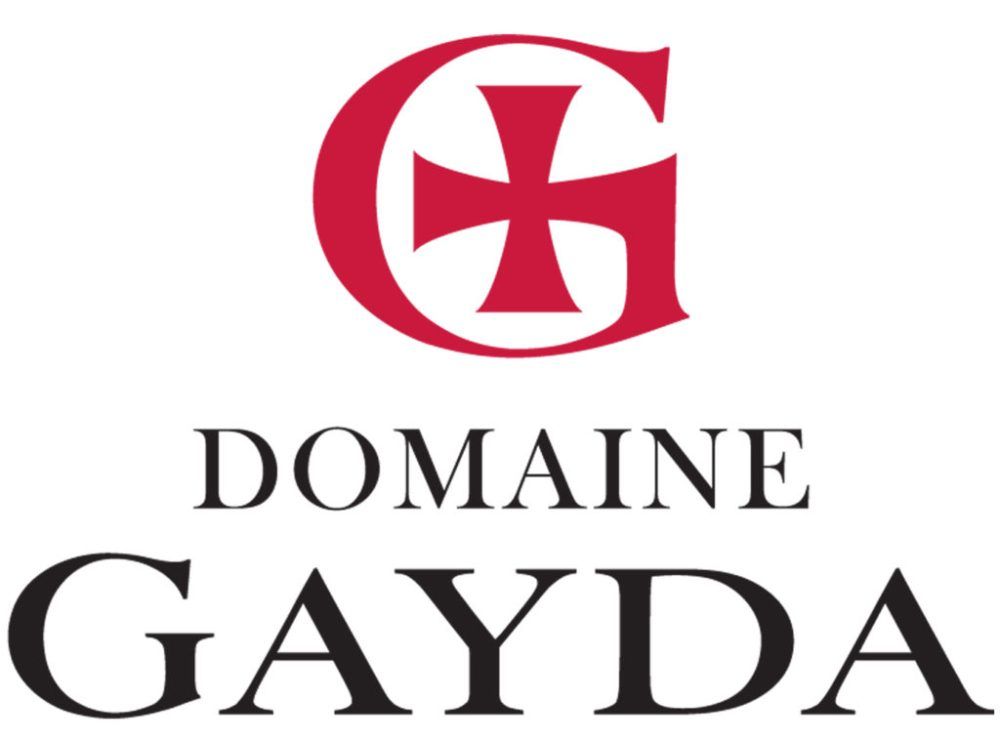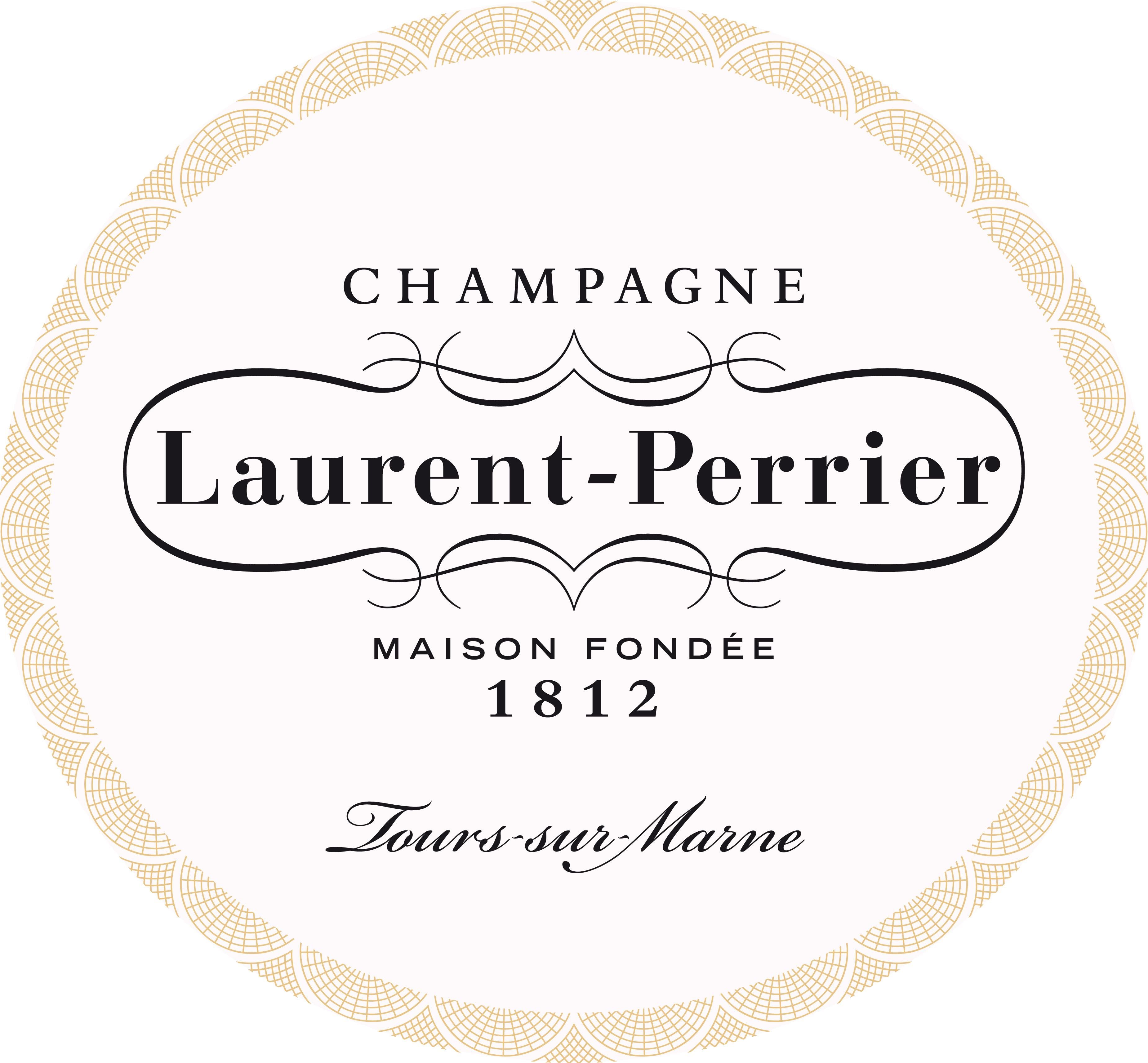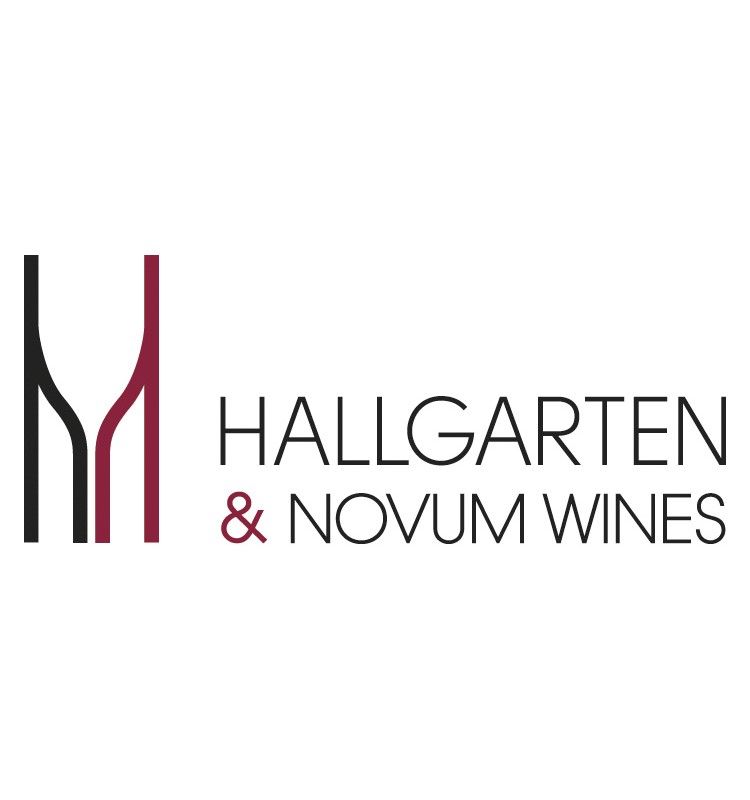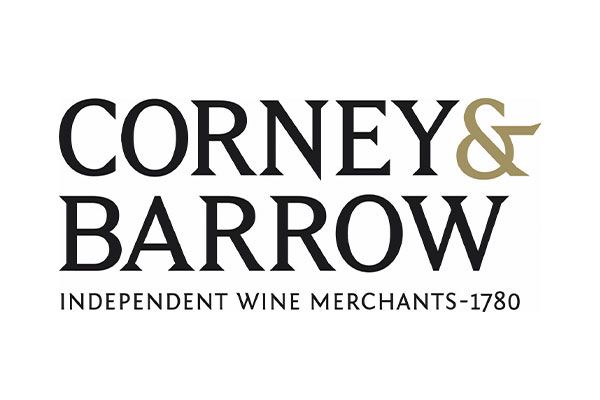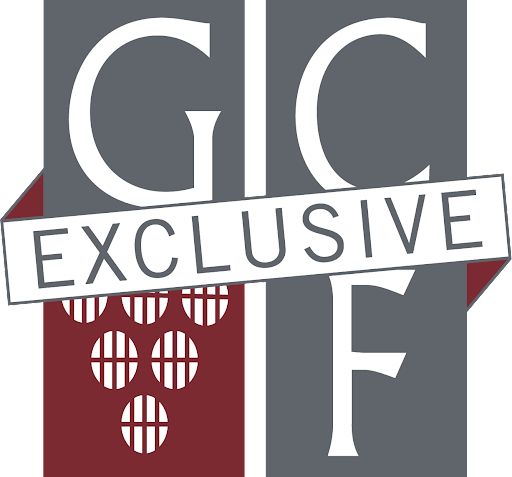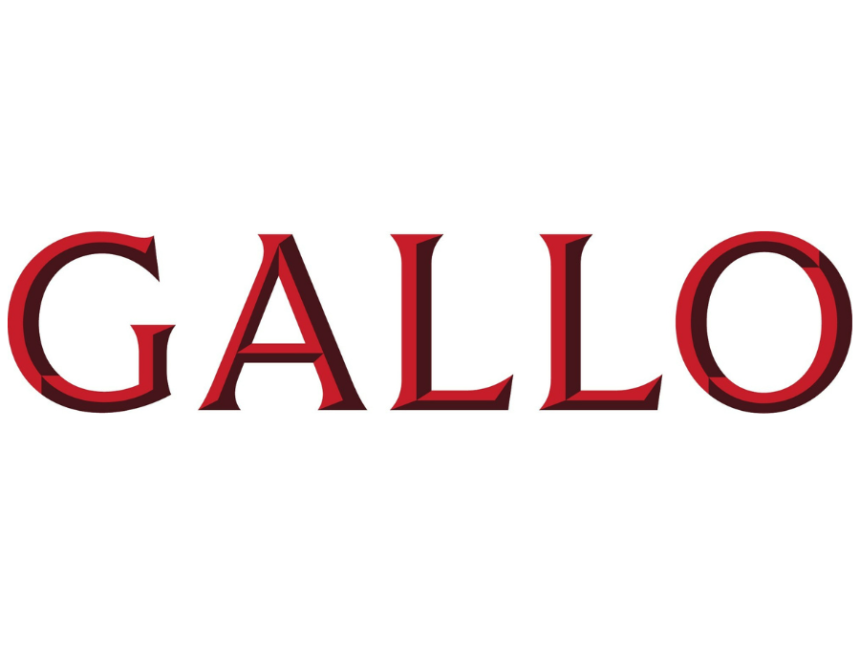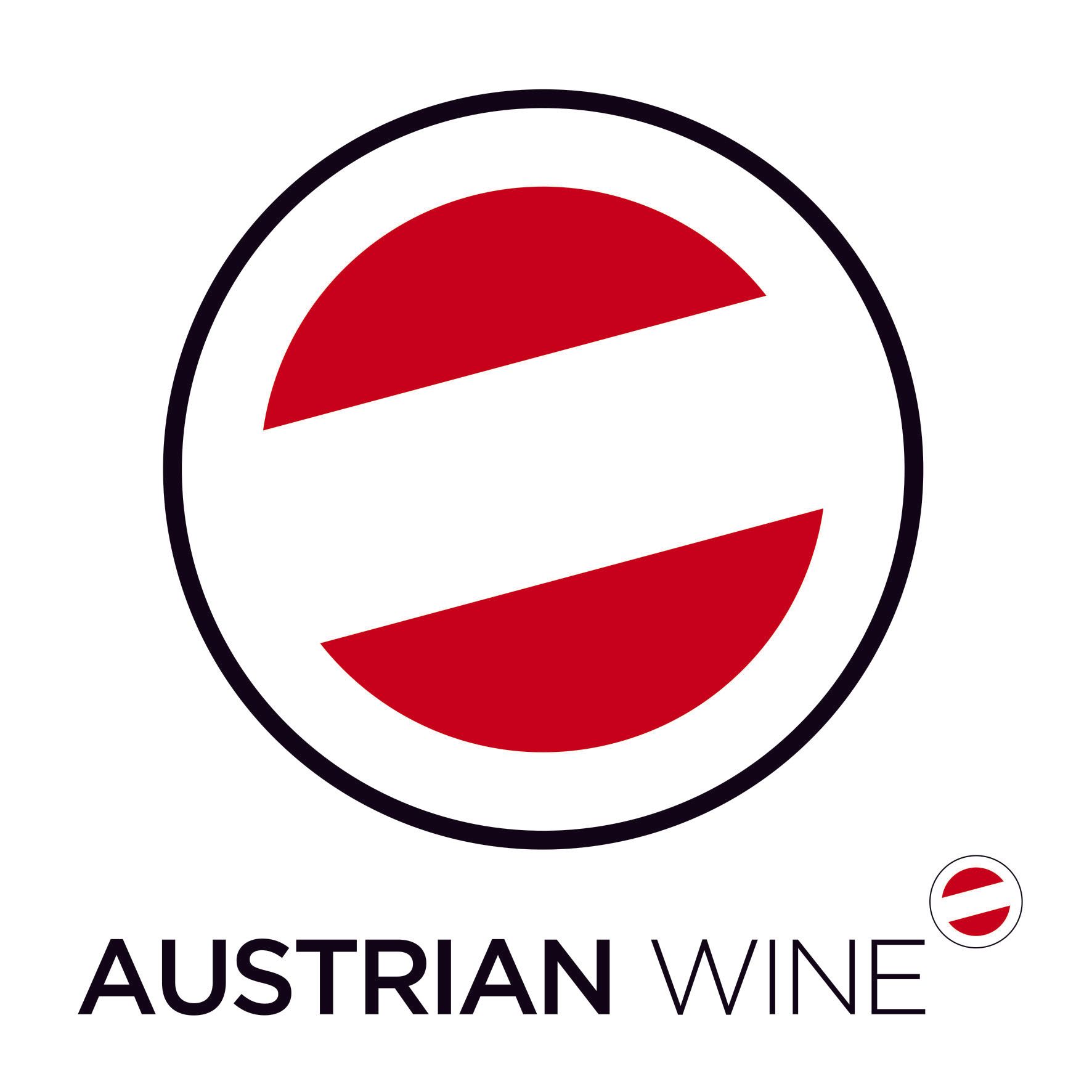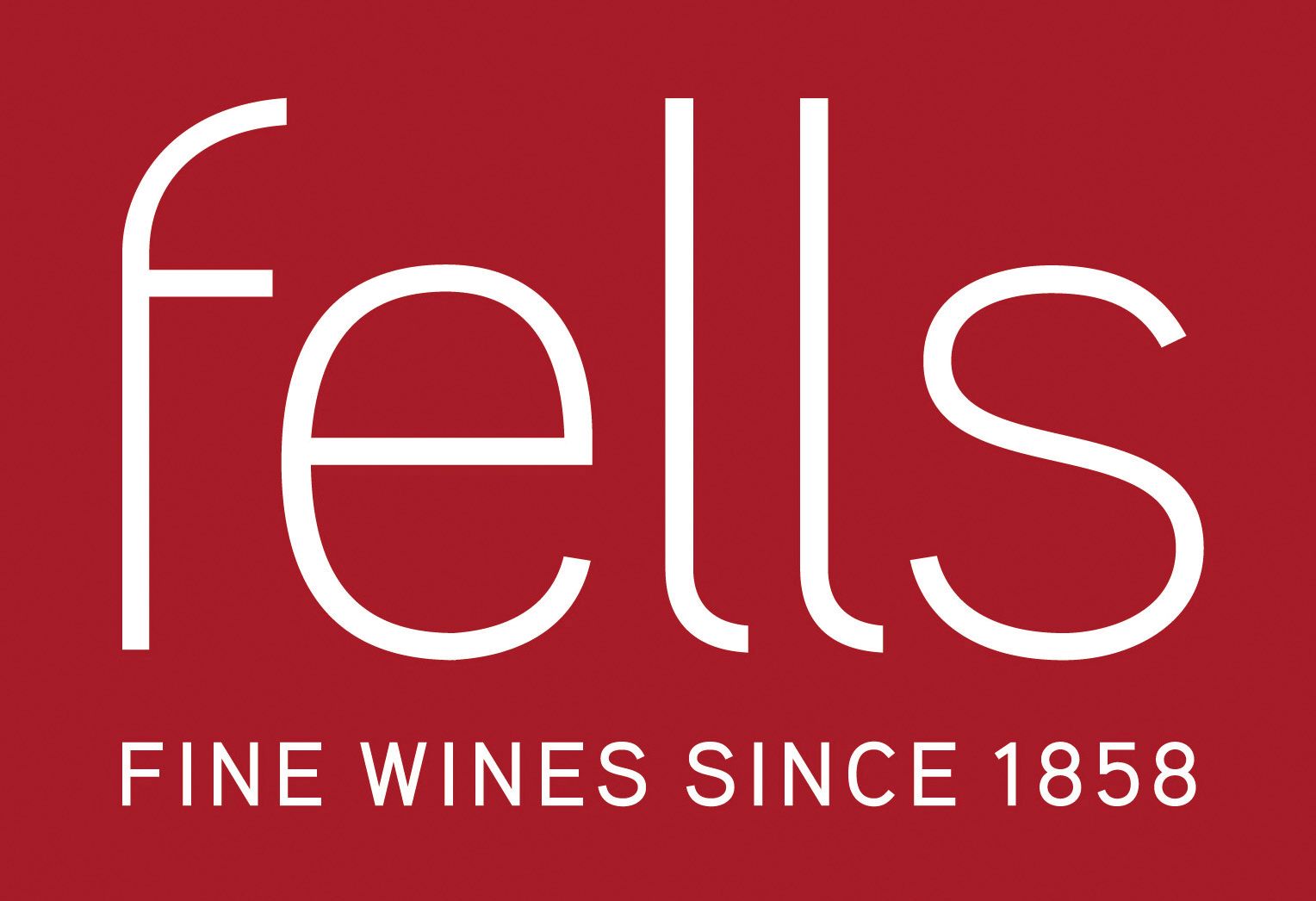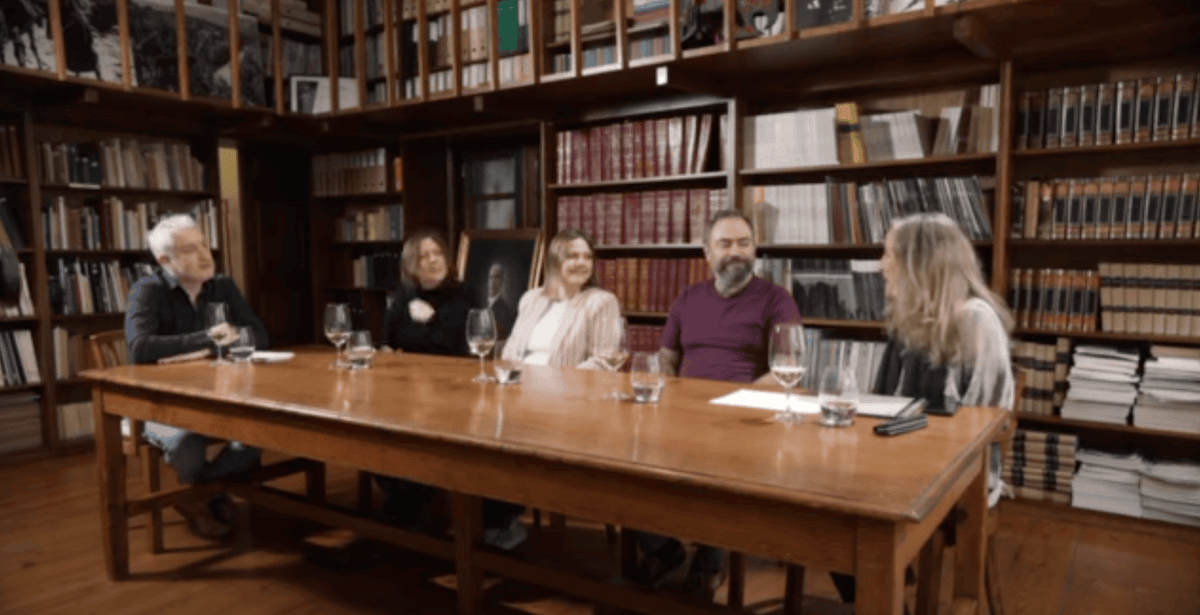As an MW specialising in the countries of Central and Eastern Europe, Caroline Gilby says she’s gotten used to her family asking her what obscure and unpronounceable place she’s off to next. And to be fair, unless you’re au fait with this region, it can be easy to get your Slovenias, Slovakias and Slavonias muddled. But I’m willing to bet that not a few of the attendees at the Wines of Vojvodina tasting, organised by London based Wine Communication, had to Google the location and pronunciation of this place.
Getting under the skin of Vojvodina
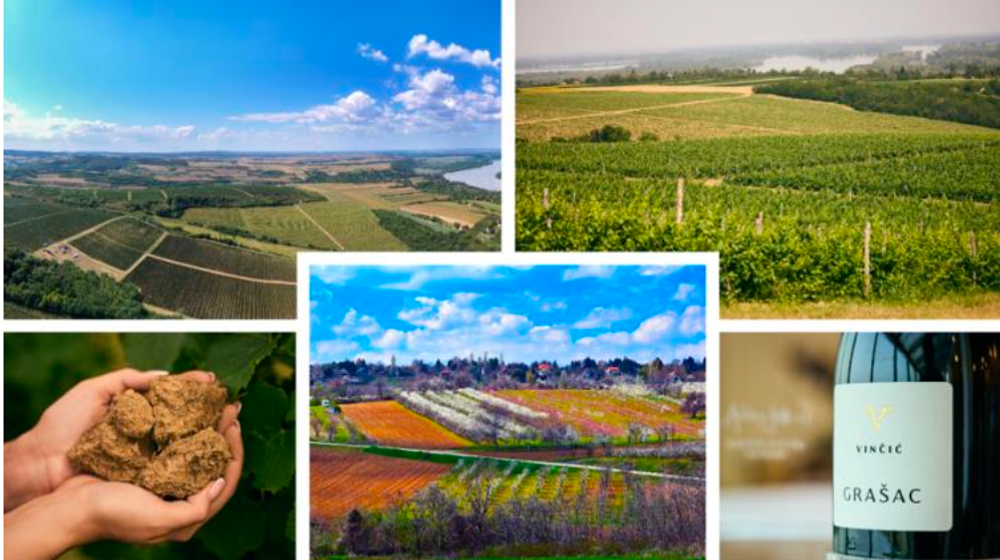
For those unfamiliar, Vojvodina is one of Serbia’s largest regions, located one hour north of Belgrade, and the only one now enjoying autonomy after Kosovo’s secession in 2008.
Unlike Kosovo the region has always been very well developed, carrying with it many of the traditions acquired under Hungarian rule during the era of the dual monarchy. The University of Novi Sad, the capital, is one of the country’s best and a walk around the city reveals a laid-back place with a Mitteleuropan vibe, very different from frantic Belgrade.
Food and drink are important here, which is where wine comes in. Produced here since Roman times, the sub-region of Srem is the heartland of local winemaking; it has the Danube and Sava rivers running through it and is home to Fruška Gora Mountain, the slopes of which are where many of the most dynamic producers are based. The other two areas within Vojvodina – the Banat, to the east and further north, Backa (Subotica is the main city here) – also produce wine but Srem is the dominant region here.
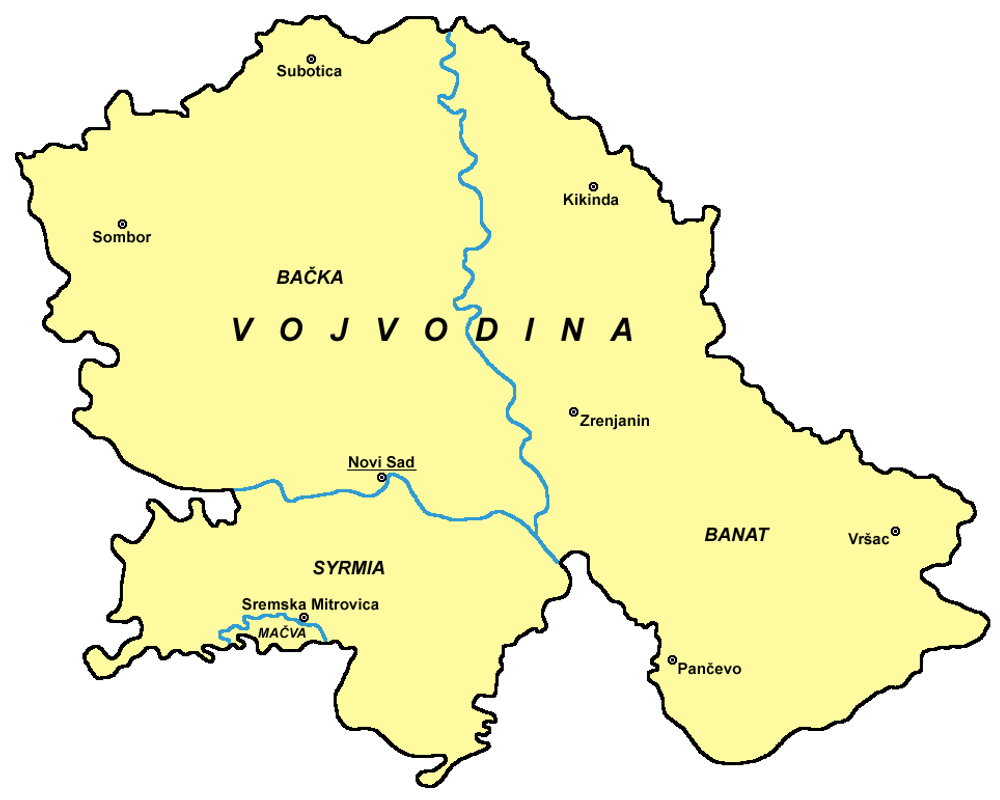
Vojvodina is split into three main regions
Wines of Vojvodina was a big event, not just because 22 producers were showing in London for the first time and visitor attendance levels were high, but because it was opened by Vojvodina’s president, showing just how much importance the Serbs put on breaking into the UK market.
International and autochthonous varieties
Rather like Romania, Serbia has something of an image problem (possibly one reason why for the stress on Vojvodina rather than Serbia?) but both countries are seeing the emergence of dynamic new producers working with international varieties like Merlot and Cabernet Sauvignon but also more autochthonous ones reflecting ancient traditions, with these now accounting for 12% of the 21,000 hectares under vine.
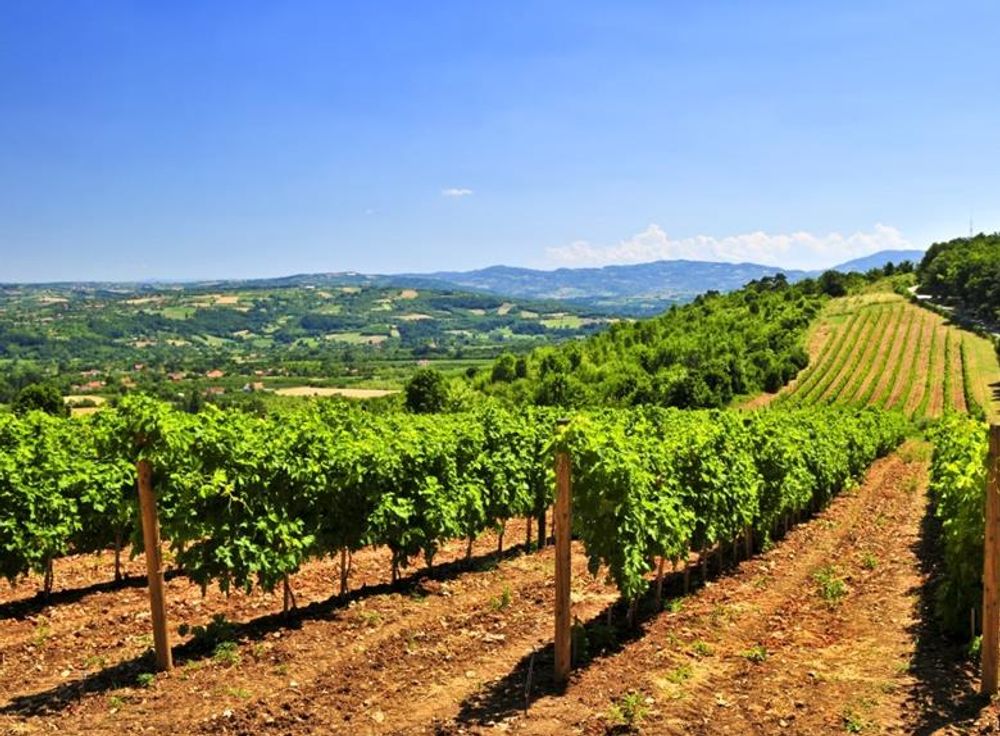
There are 21,000 hectares under vine in Vojvodina, the majority devoted to white grapes
White wines account for around 60% of production with the leading variety Grašac (to which Gilby devoted a masterclass), then the others including: Tamjanka, aka Muscat Blanc a Petit Grains, another local crossing Neoplanta, a forgotten variety called Bagrina, alongside more familiar grapes such as Chardonnay, Riesling, Traminac (Gewürztraminer) and Sauvignon Blanc.
Amongst the reds, aside from the familiar international varieties, the most exciting for me was Probus (Kadarka and Cabernet Sauvignon), named after the Roman Emperor Marcus Aurelius Probus, under whom vines were first planted in the Fruška Gora region. Probus yields very dark, generally full-bodied wines often reminiscent of Argentinian Malbec or Barossa Shiraz but with a cool fresh finish that is all their own. As far as reds go, this should definitely be one of Serbia’s main calling cards.
Another variety to look out for is Prokupac.
“This was a workhorse of the previous era but is now showing itself capable of amazing quality with old vines and low yields and is being planted more widely in areas where it had been forgotten,” says Gilby.
Yet another native speciality is Bermet, a red dessert wine that was popular amongst European royal families in the late 19th Century and was reputed to have been served on the Titanic.
All very exciting, particularly for those intrigued by native varieties and weird and wonderful crossings.
“The tasting went well and the region, wineries and trade were all very happy,” says Wine Communication’s Zsusza Toroni, pointing out that this was the first large-scale Serbian tasting in London. “According to the feedback we got, from the trade and others, people were very positively surprised by the quality of the wines.”
This was echoed by Gilby who suggests that a few of the wineries are now in discussions about distribution.
“Of course, one event is never enough so we hope to keep building the momentum with future events.”
Actually, for those who follow the increasingly dynamic world of Central and Eastern European wine, there already was momentum. Quite a few of the wines shown - notably the Grašac 2020 by the producer Vinčić and several of the pretty impressive Bordeaux blends, a Serbian speciality - have won international awards, whilst Serbia features big time in the growing number of international exhibitions and events focused on Central and Eastern European wine, including, most recently, Wine Vision by Open Balkan in Belgrade and the Budapest-based Wine Lovers Awards.
Meanwhile Grašac aka Grasevina aka Olasz Riesling aka Welschriesling (and Laski Riesling and Riesling Italico) has spawned its own synonym-driven annual event, GROW, focusing on the national/local manifestations of this long neglected but now very resurgent white variety, with both Hungary and Slovenia joining Serbia in taking the grape more seriously.
So how were the wines?
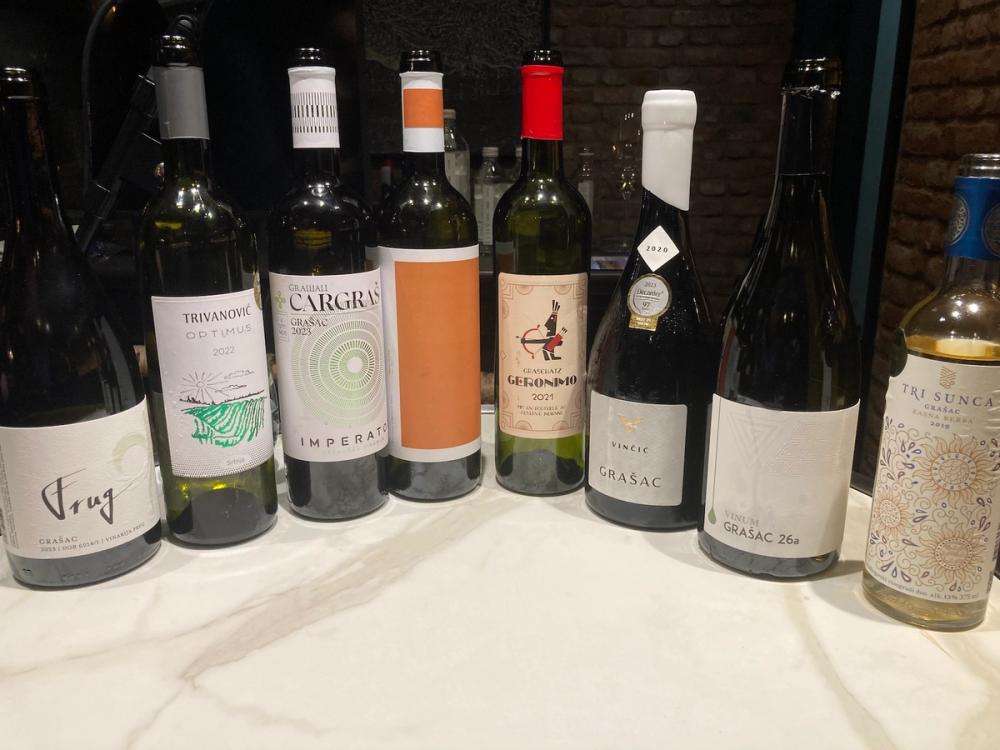
First off, the Grašac which Gilby describes as “a versatile variety which hides its lights behind many names, but which is capable of making high quality wines”.
The masterclass showed that this variety can indeed show many styles, being fresh and approachable with green apple flavours predominant; those aged in oak were less successful somehow. The Vinčić Grašac 2020 is impressive and showed peach and lemon, with some salinity and good length. As good an introduction to what Serbia is capable of as any wine. But worthy Decanter winner aside, which producers showed best?
10 Vojvodina producers you should know about
(all but one from the Frankish Mountain, aka Fruška Gora)
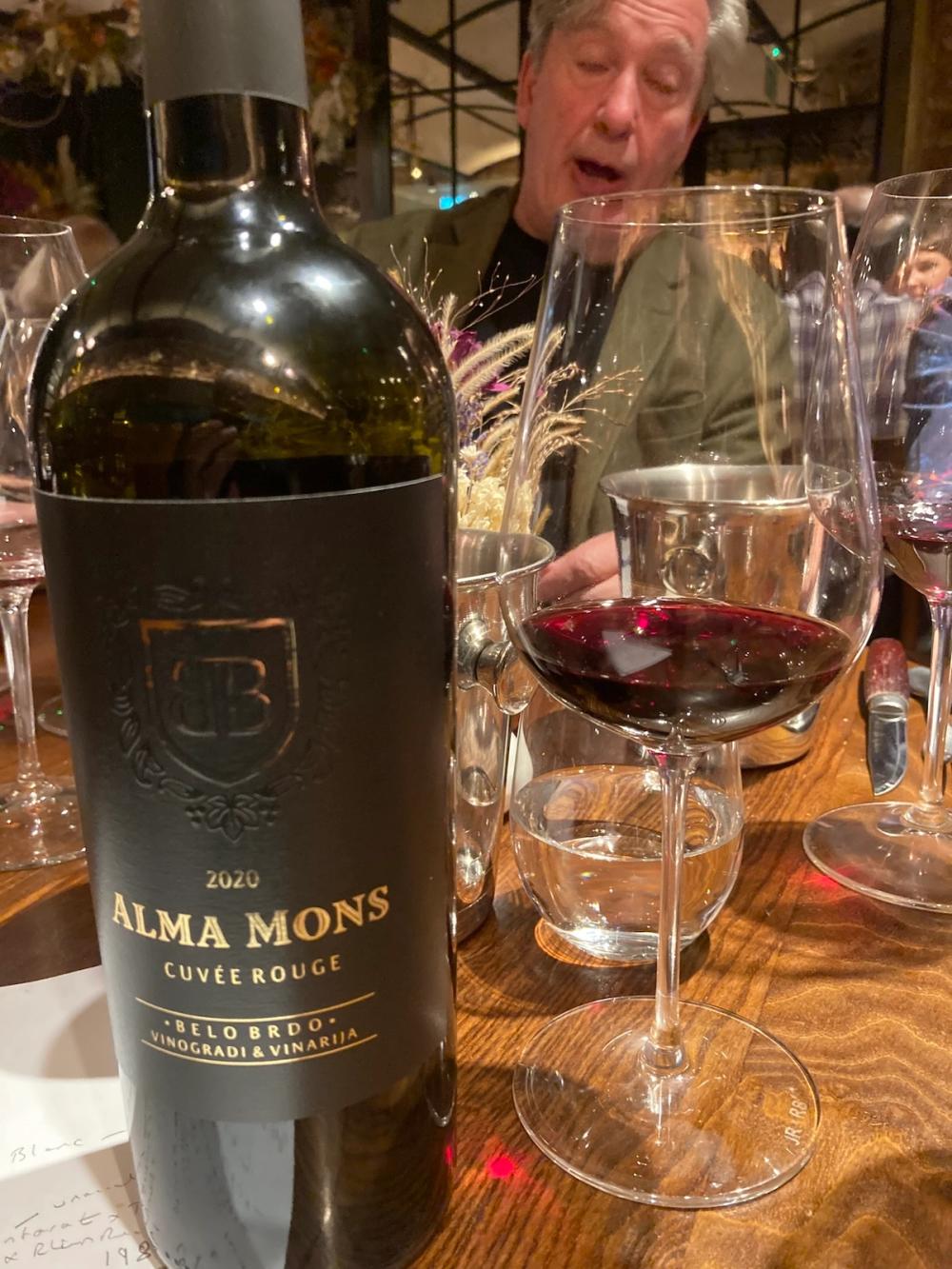
Belo Brdo (Fruška Gora)
Founded in 2010, on the northern slopes of the mountain with views across to the Danube, this 18-hectare producer’s big claim to fame is Alma Mons, one of Serbia’s best known Bordeaux blends – however Belo Brdo is a blend with a difference comprising Cabernet Sauvignon, Merlot, Cabernet Franc and Marselan. The 2020 is something of a beast – full on, lots of dark berry and cherry on the palate, and 15% alcohol. Decent stuff.
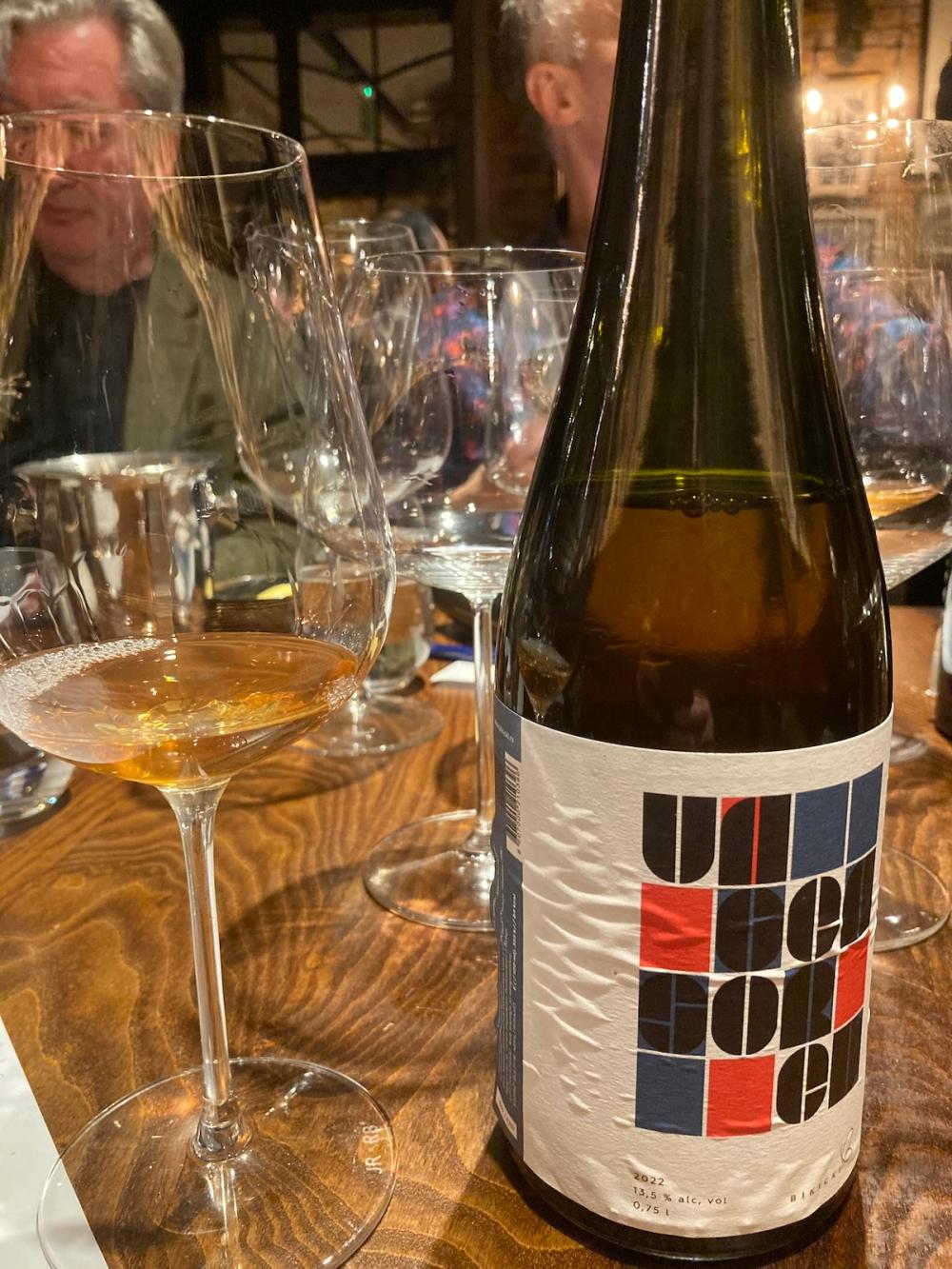
Bikicki (Fruška Gora)
This low intervention producer – now fully organic – specialises in white and orange wines, and one of the latter was the runaway favourite at lunch. Uncensored 2020 is a dry orange Traminer that as well as all the usual floral notes you get with this variety, had such an undercurrent of marmalade on the palate that it was almost unforgettable. Definitely would be Paddington’s favourite but one of mine too.
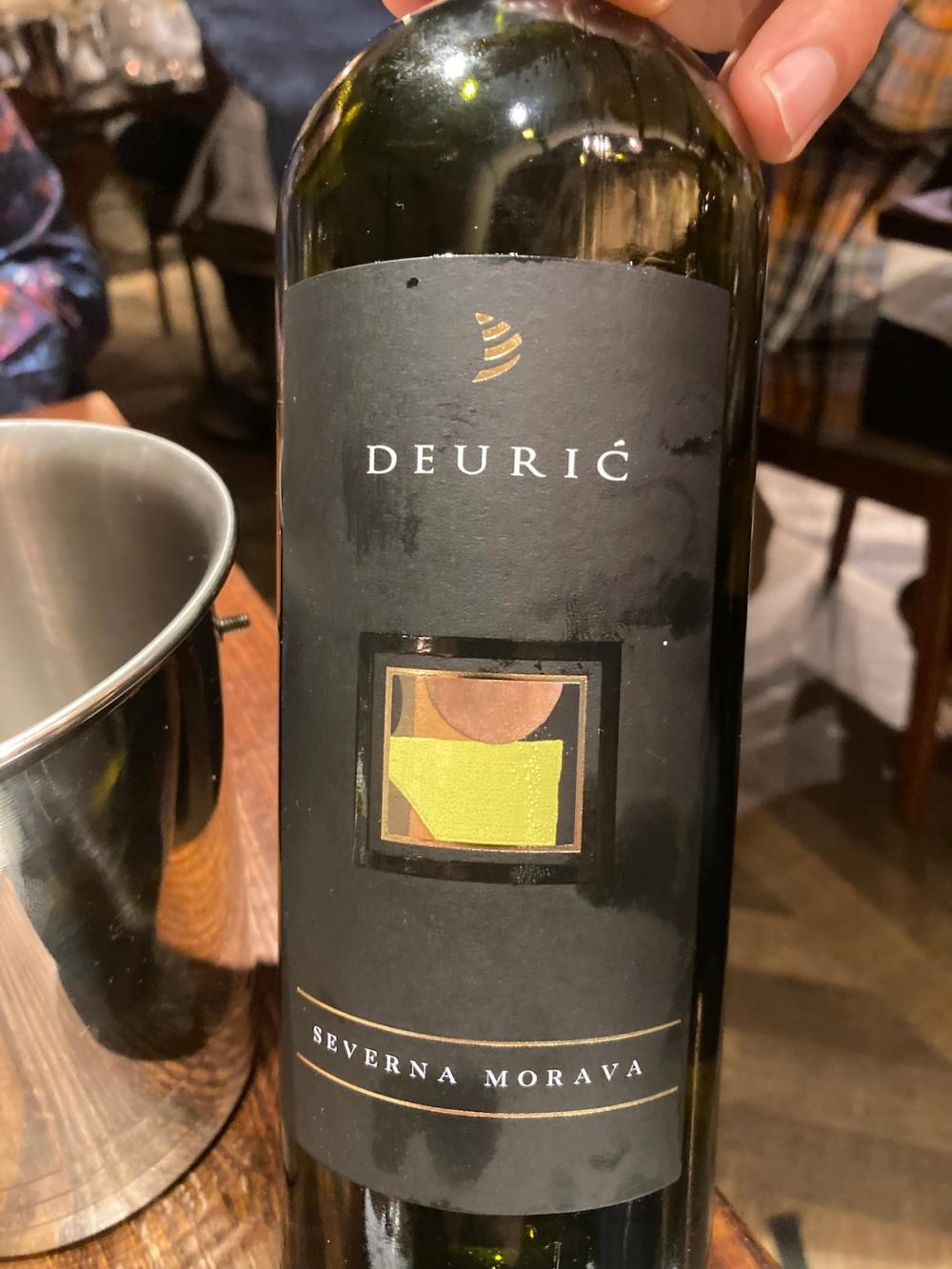
Deurić (Fruška Gora)
This modern boutique winery on the south slopes of the mountain – with great modern labels on its wines – makes a range of wines but the two most notable I tried were the Severna Morava 2023, a great take on the native grape Morava, with suggestions of peach and almond on the nose and a dry but floral palate, and the Probus 276, 2022. The latter was one of many great Probus wines I tried, with a long, saline and savoury palate, quite full on. Really pretty decent.
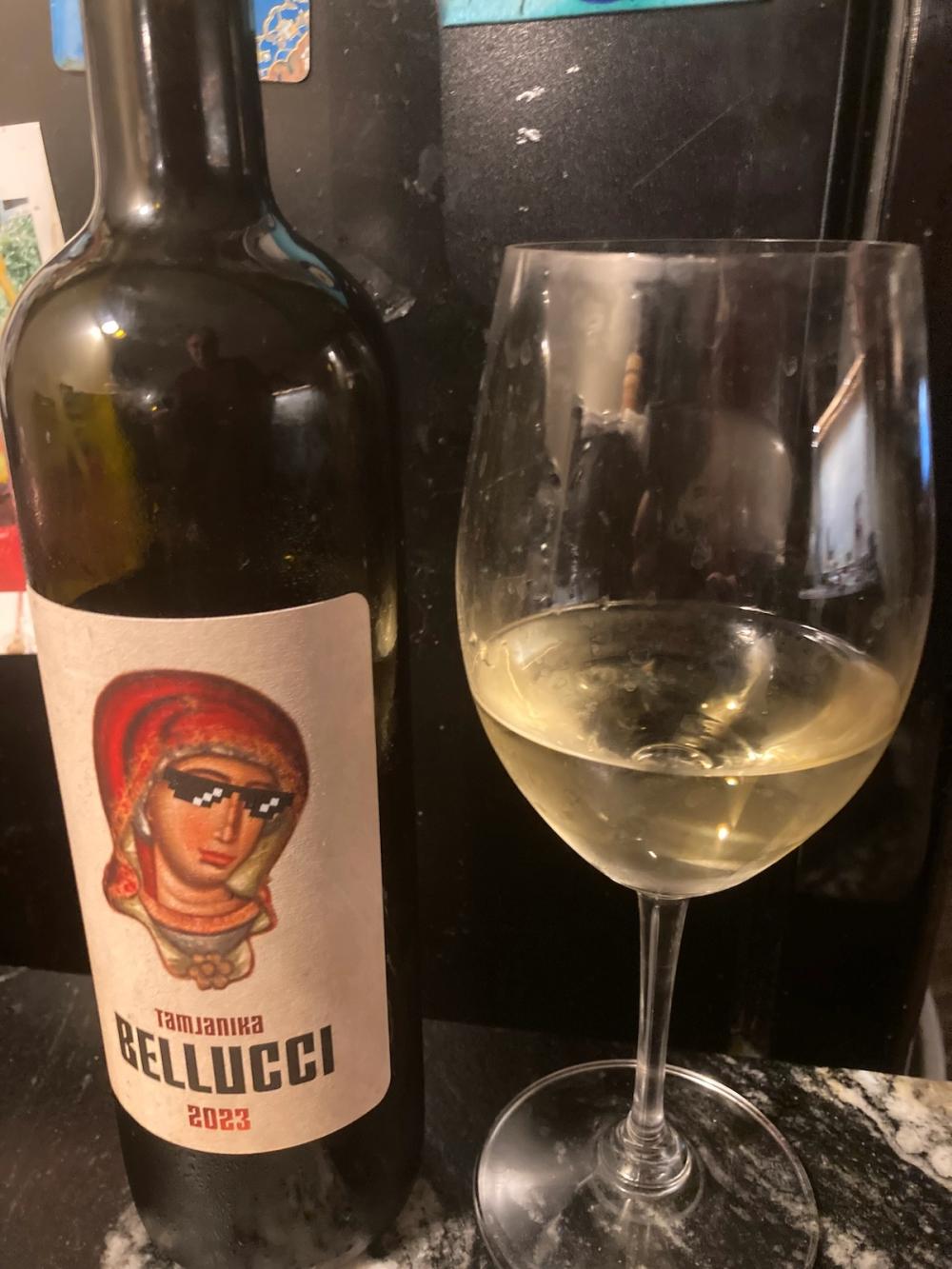
Erdevik (Fruška Gora)
This historic winery – which describes itself as a “synergy of tradition and modernity” – showed the excellent Geroniomo Grašac 2021, very flavoursome with peach and green apple on the palate and the intriguing Tamjanka Belucci 2023, quite floral and rounded but dry, with a pleasing herbal finish.
Frug (Fruška Gora)
I do love a nice glass of Frug I said to myself as I tasted this very new producer’s (established 2019) bright, high acid Grašac 2023, fresh green apple and some pear on the palate, and the Cuvee 2022 a Bordeaux-ish blend of Merlot, Cab Franc and Probus. Well-made but when the vines here get a little more age, these wines will be all the better for it.
Kovačević (Fruška Gora)
One of Vojvodina’s larger producers, established in 2001 but now with over 100 ha of organic vineyards, the main focus seems to be white wine, including the pretty decent oaked Chardonnay S Edition 2022. More interesting is the Cuvee Amber 2020, an impressive blend of Chardonnay, Tamjanka and Neoplanta: this was really lovely with a rounded palate, lots of fruit and white flowers on the finish. A weighty wine, and I don’t just mean the hefty bottle it comes in (definitely a Serbian thing).
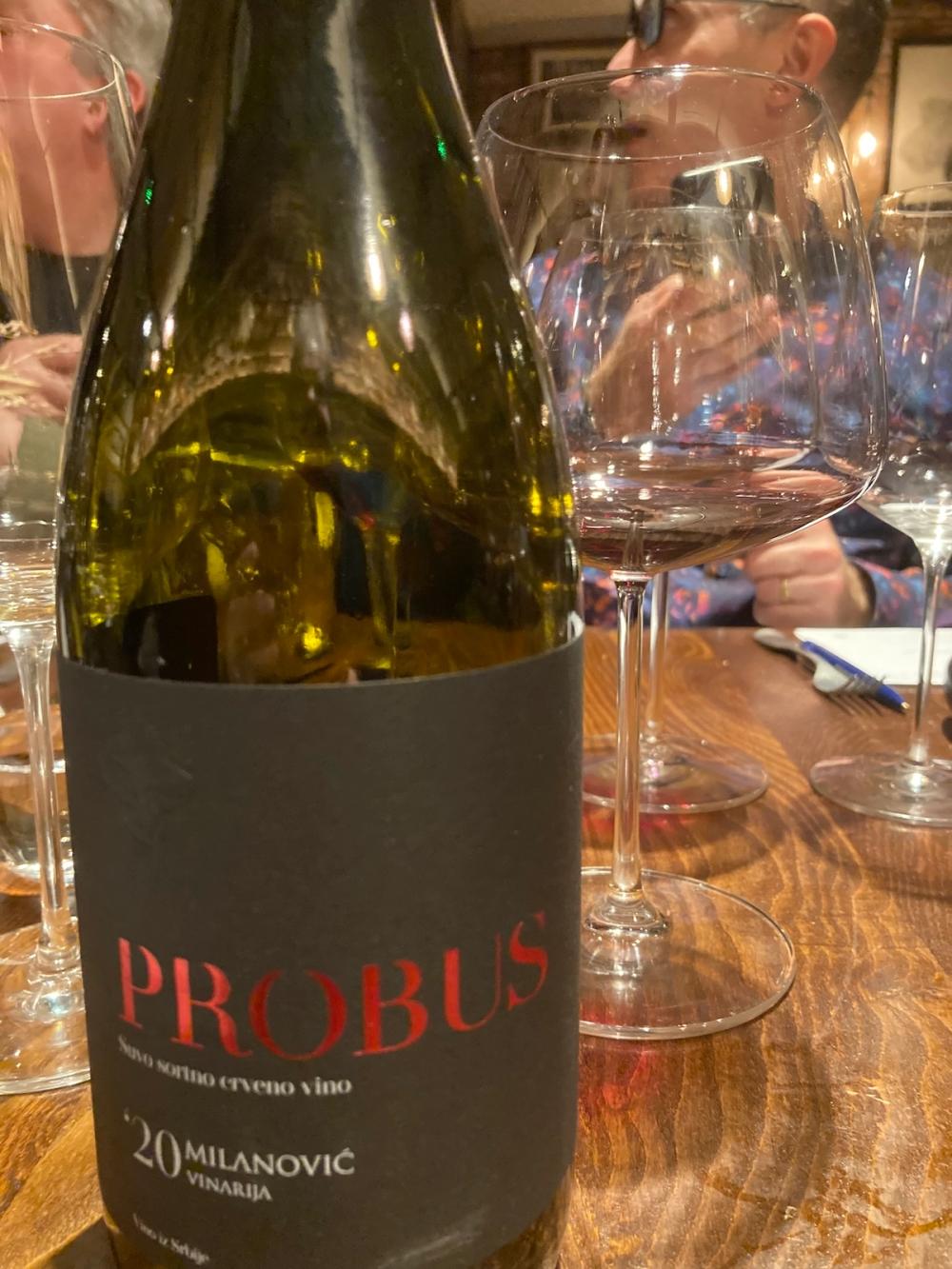
Milanović (Fruška Gora)
Another great Probus with a 2020 vintage that showed dark, brooding tannins, leather and blackberry fruit. Damn good, especially with red meat and cheese, and it is little wonder that this producer has built its reputation with Probus, apparently also with another native variety, white Sila.
Molovin (Fruška Gora)
This producer focuses mainly on whites and the one to try here – if you can lift the hefty bottle – is the Inat Traminac 2021, actually 97% Gewurztraminer and 3% Grašac to give the wine that little but much needed kick of acidity. This is a rich, full-bodied wine benefitting from the grapes spending six months on their lees. Rich, aromatic, with tropical fruits, peach and apricot on the palate. Nice.
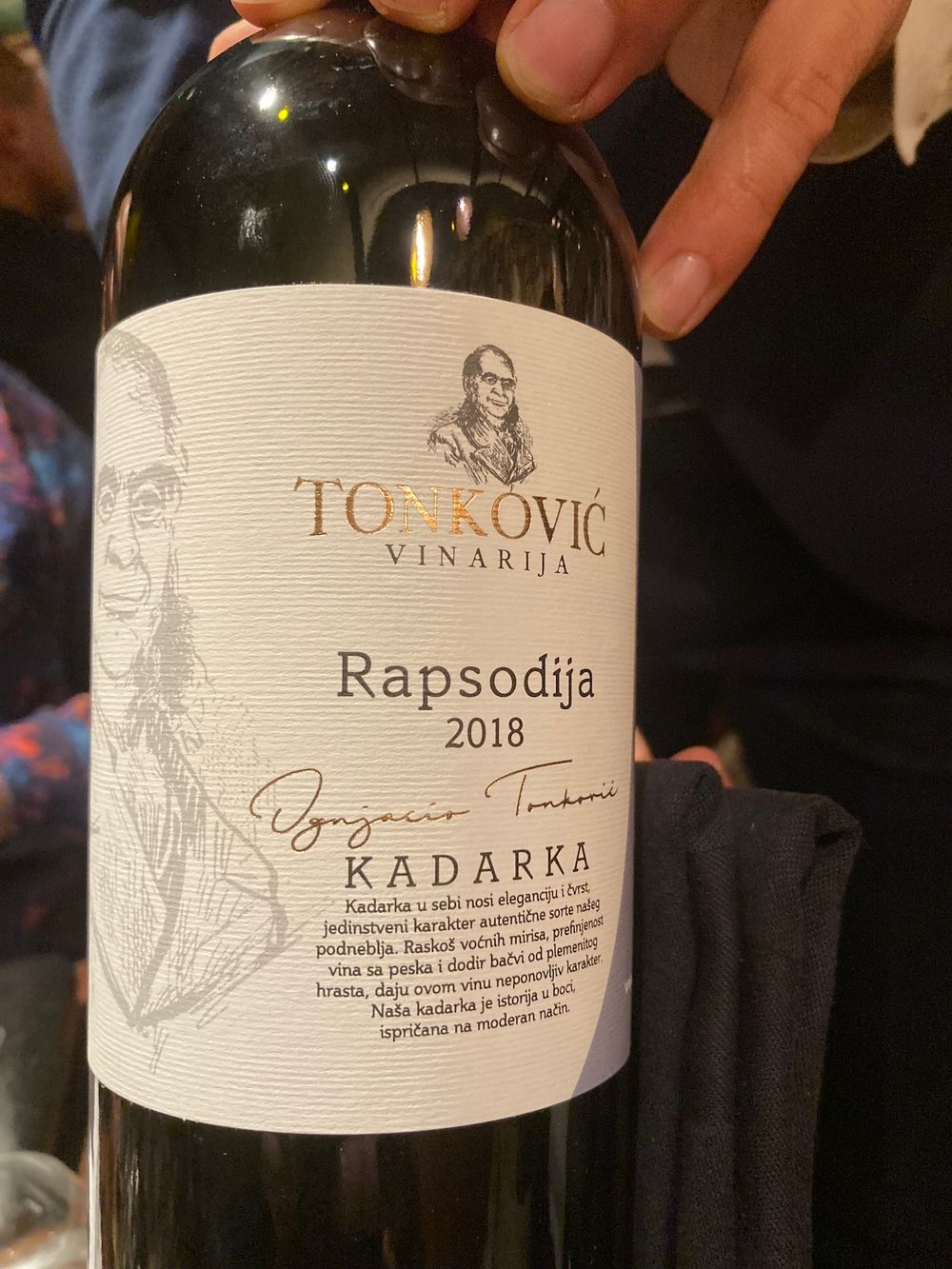
Tonković (Subotica)
I’m a big fan of Kadarka and it’s no surprise that the best example of it at this tasting was from Subotica, a region with a big Hungarian minority on the Pannonian plain, that enjoys close links to Hungary which is where the variety probably originates. Tonković really goes to town with it making several reds, a rosé and even a white. The Kadarka Fantazija 2017 was a real standout for me, dark berry fruit and soft warm tannins but medium weight and a long finish.
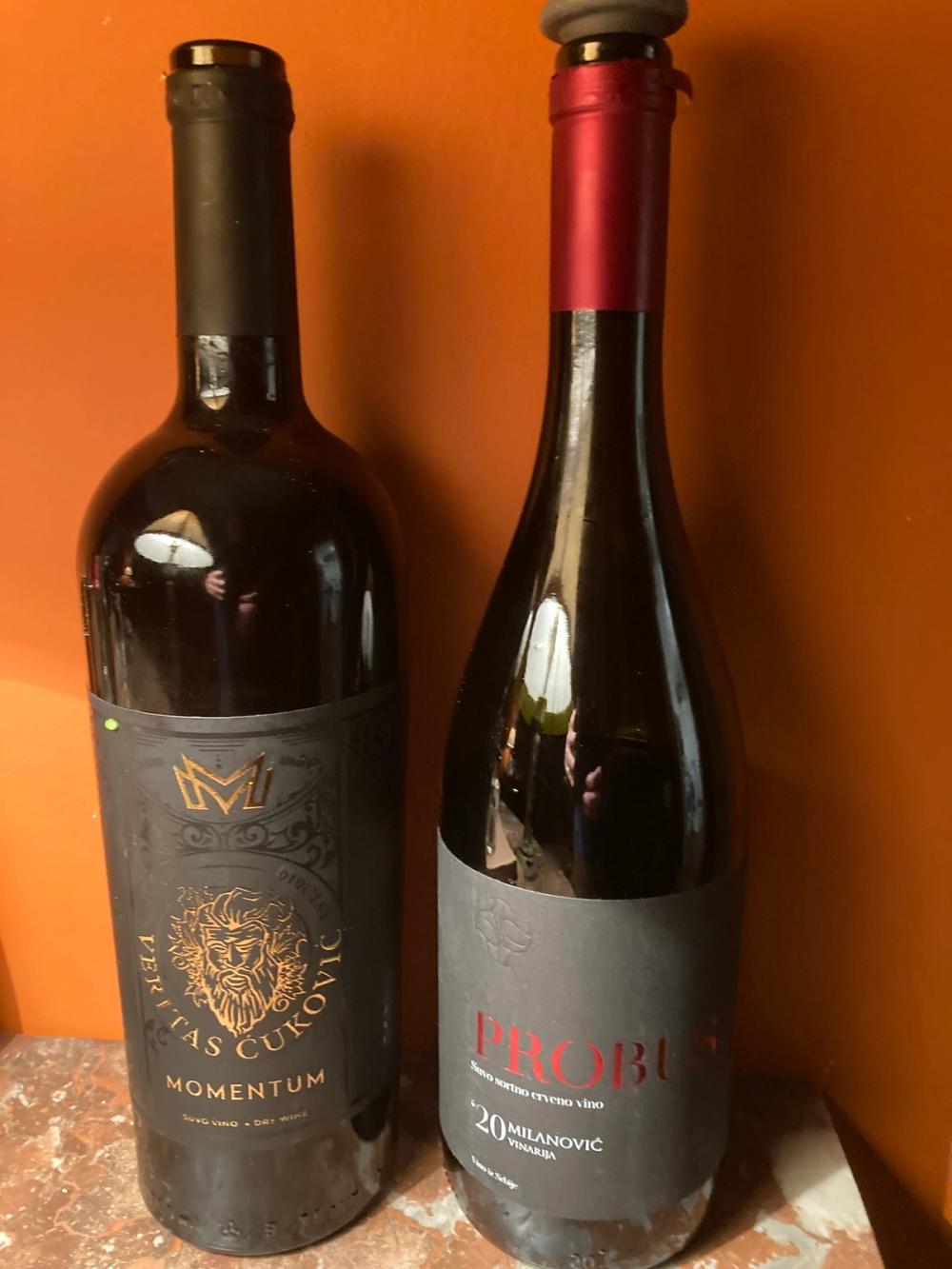
Veritas Ćuković (Fruška Gora)
I’ll admit I groaned when I first saw the hefty bottle of Momentum 2021 in front of me and realised I was looking at a 100% Cabernet Sauvignon. Not the most fashionable of varieties and not always a favourite with me but this was great, lots of fruit and complexity with decent acidity leavened by warm tannins and floral notes on the finish. At 14% this is a big wine but a memorable one.
In conclusion...
So, to summarise, this was one of the most interesting tastings recently, when the diary has been pretty full of them. There’s definitely a place for Serbian wine on our shelves with white Grašac, red Probus and some of the pretty decent red Bordeaux blends – often with a welcome twist including Probus or Kadarka in the blend to deliver something nicely off-piste – all well worth a look, alongside some of the more obscure varieties.
But export-inclined producers might want to reconsider their bottling – Vojvodina produces weighty wines in more than one sense of the word.
